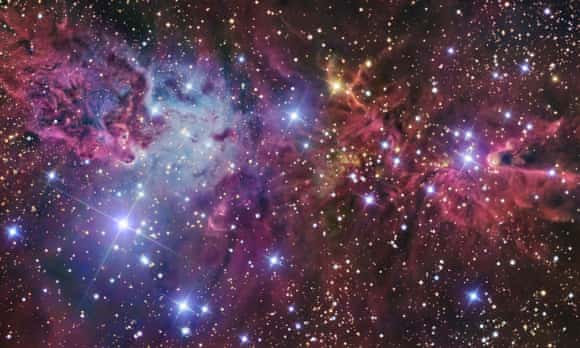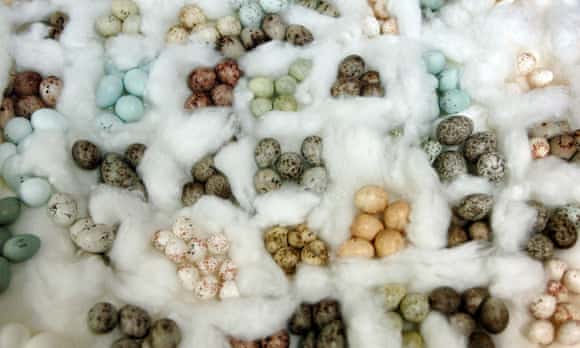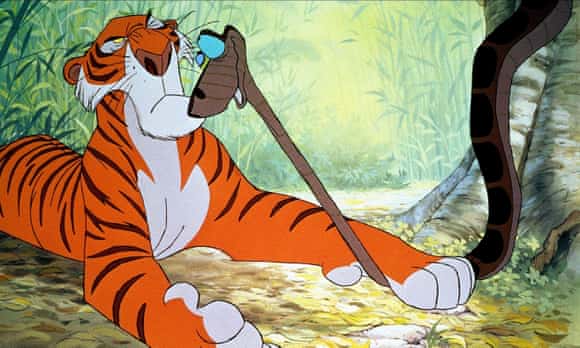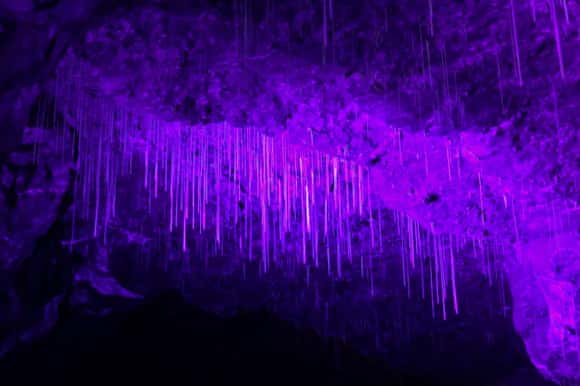 | Lab notes: from missing matter to magic mushrooms, this week's mindblowing science |  |  Up to 90% of the ordinary matter in the universe is missing. So me losing my bankcard and house keys again is nothing – nothing, I tell you. Photograph: Alamy Stock Photo
| Tash Reith-Banks
| This week's biggest stories Obviously to a scientifically-minded human like myself, the news that astronomers have found half of the missing matter in the universe initially conjured up images of odd socks and lost car keys. It's a little more complex than that, it seems: the findings could potentially resolve one of cosmology's most perplexing problems. Scientists have also discovered that dwarf planet Haumea, a rugby ball-shaped planet which lies beyond Neptune, has a ring around it. Until now, ring-like structures had only been found around Jupiter, Saturn, Uranus and Neptune. Returning to Earth, there's optimistic news from a trial using psilocybin – the psychoactive compound that occurs naturally in magic mushrooms – to treat patients with depression. The study suggests that it might "reboot" the brain, although more trials are needed, and the researchers have warned against self medication. Also intriguing on the brain front is a piece of research that appears to confirm the stereotype that women are kinder and less selfish than men. Apparently our reward system is geared towards more "prosocial" and generous behaviour. That said, another study out this week seems to show that there is one area in which women are unwilling to compromise: household temperature. And on that chilly note, we'll end with the cool news that in the wake of the loss of iceberg A68 from the Larsen C ice shelf, British Antarctic Survey researchers will study the damaged area, which has been hidden for up to 120,000 years. More news from Guardian Science | Sign up to Lab notes ___ Silver screen science |  |  Young Frankenstein: an accurate, almost documentary-like representation of the scientific process. Photograph: Alamy
| This week saw the opening of the stage version of Mel Brooks's Young Frankenstein I haven't seen it yet, but the film is, of course, practically a science documentary. Anyway, it got me thinking about science on film , and it turns out that podcaster and author Rick Edwards has been thinking about it too. Result: I interviewed him, and he has set a rather tricky little quiz to challenge you. ___ Straight from the lab – top picks from our experts on the blog network |  |  A sample of the variety in colour and patterns in bird eggs. Did dinosaurs display a similar variety? Photograph: Linda Nylind for the Guardian
| Duck egg blue and oviraptor green: study reconstructs colour of dinosaur eggs | Lost Worlds Revisited This is the first time that scientist have reconstructed the colour of dinosaur eggs. While this is astonishing in itself, it has important biological implications as well. Oviraptor eggs are often found in distinct arrangements: in overlapping circles, partially stuck in nesting material and with the blunt ends exposed and pointing upwards. They were likely laid this way deliberately. In modern birds, blue-green eggs are found in emus and cassowaries. These birds lay their eggs on the ground covered with leaves and vegetation; the blue-green colour of the eggs allows them to blend in with the vegetation. This may have been the case in oviraptors as well; evidence from sedimentology and palaeoclimate reconstructions from the Late Cretaceous of China suggests that a subtropical vegetation may have covered the sites where the nests were found, thus necessitating suitable camouflaged eggs for ground nesting birds. How ancient lentils reveal the origins of social inequality | The Past and the Curious Gurga Chiya isn't a flashy site; it doesn't have a famous history (being prehistoric), or any buried gold or magnificent statues (except one small clay figurine of a goat, which is a little bit magnificent). What it does have is an important archaeological story about how people began to reorganise society into more complex, stratified forms. It also has lentils; lots and lots of lentils. Is Harvey Weinstein a sex addict? | Brain flapping Many people do believe sex addiction is real and serious problem, while others dismiss it outright. Despite it being a widely-used term, it doesn't feature in either the DSM-V or ICD-10, the two main sources for officially-recognised psychiatric disorders the world over (although that's not a guarantee of consensus either). How can something that seems, to many, to be so straightforward be the subject of so wide a debate? We all know what sex is, we all know what addiction is, what's the issue? Visit the Science blog network _____ Alex Bellos's Monday puzzle |  |  Today's snake-based teaser: more puzzle book than Jungle Book. Photograph: Allstar/DISNEY
| This week Alex had a new type of pencil-and-logic Japanese puzzle for you, called Snake Place. Were you as wise as a serpent, or did you find the puzzles poisonous? Visit Alex Bellos's Adventures in Numberland blog for more marvellous maths ___
Science Weekly podcast |  |  Misdiagnosis of autism spectrum disorders is more common in women and girls. Illustration: Andy Martin
| Why are so many women with autism often misdiagnosed? And how does this issue resonate with broader ideas of neurodiversity? In this week's podcast, Nicola Davis explores how gender can affect autism spectrum disorders. ___ Eye on science – this week's top images |  |  Natural colours produced in White Scar Caves, Ingleton in Yorkshire Dales National Park, Yorkshire, by Gina Williams. Photograph: Gina Williams/Geological Society
| A visual feast for science-hungry eyes this week – both the Royal Society of Biology and the Geological Society of London have announced the winners of their photography competitions. Whether you're interested in the tectonic forces that have shaped the landscape of UK and Ireland, or bugs, plants and spectacularly-coloured lakes, these pictures are an intriguing treat. | | Guardian News & Media Limited - a member of Guardian Media Group PLC. Registered Office: Kings Place, 90 York Way, London, N1 9GU. Registered in England No. 908396 |
| | | |
No comments:
Post a Comment